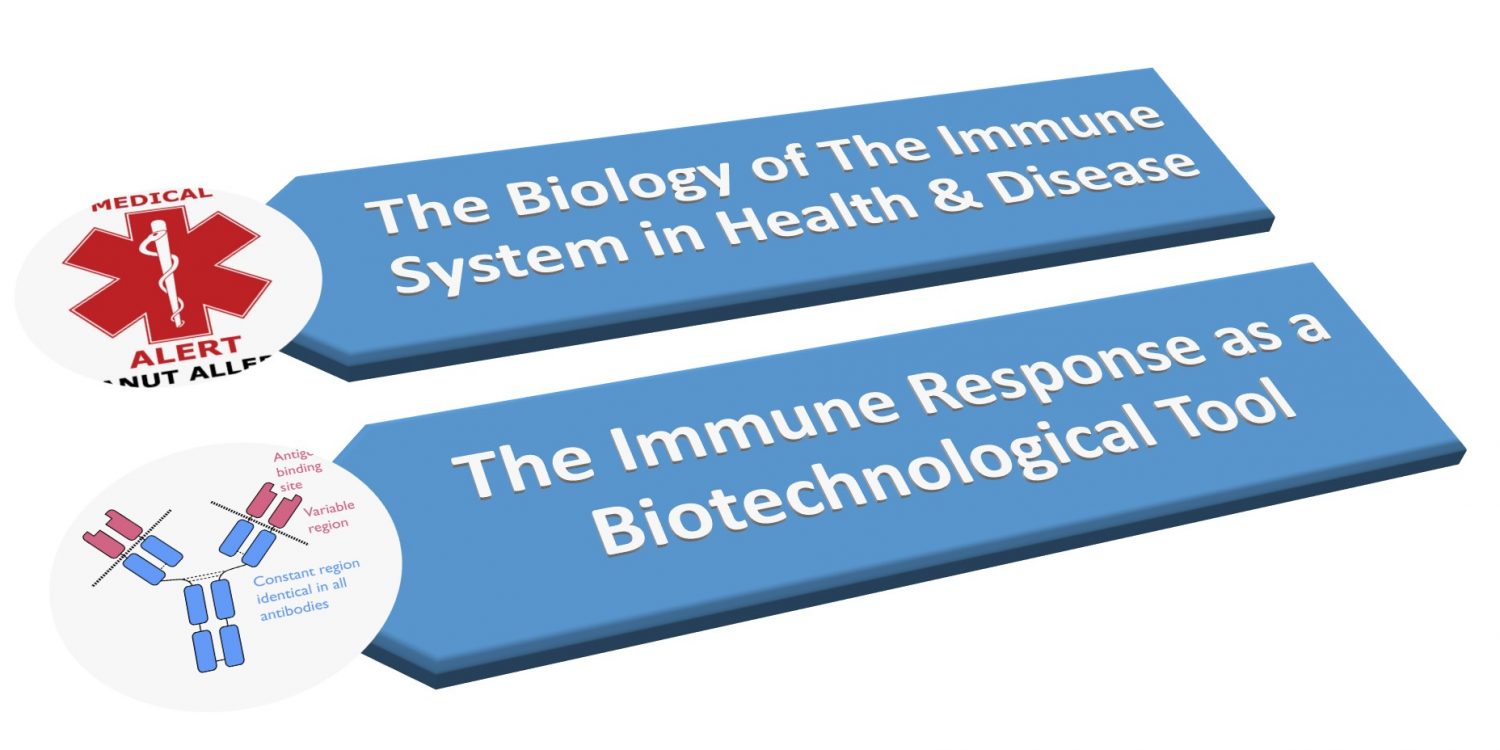Although immunotherapeutics targeting the inhibitory receptors (IRs) CTLA-4, PD-1 or PD-L1 have made substantial clinical progress in cancer, a considerable proportion of patients remain unresponsive to treatment. Targeting novel IR–ligand pathways in combination with current immunotherapies may improve clinical outcomes. New clinical immunotherapeutics target T cell–expressed IRs (LAG-3, TIM-3 and TIGIT) as well as inhibitory ligands in the B7 family (B7-H3, B7-H4 and B7-H5), although many of these targets have complex biologies and unclear mechanisms of action. With only modest clinical success in targeting these IRs, current immunotherapeutic design may not be optimal. This Review covers the biology of targeting novel IR–ligand pathways and the current clinical status of their immunotherapeutics, either as monotherapy or in combination with antibody to PD-1 or to its ligand PD-L1. Further understanding of the basic biology of these targets is imperative to the development of effective cancer immunotherapies.
https://www.nature.com/articles/s41590-019-0512-0
